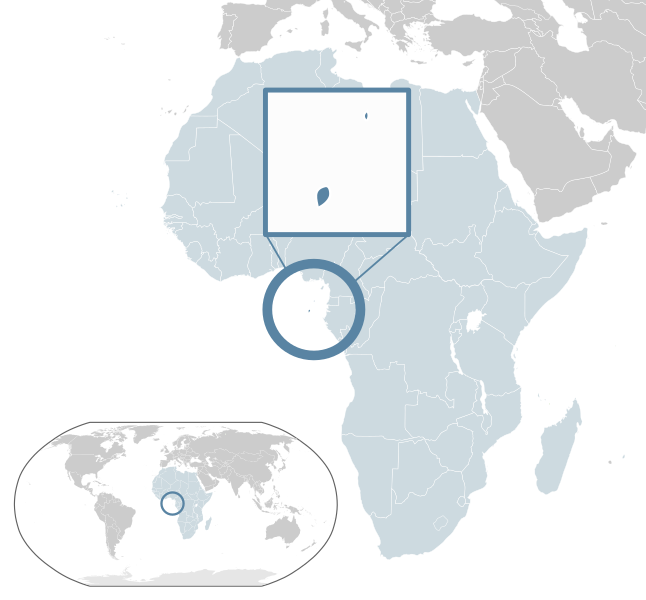 São Tomé and Príncipe, officially the Democratic Republic of São Tomé and Príncipe, is a Portuguese-speaking island nation in the Gulf of Guinea, off the western equatorial coast of Africa.
São Tomé and Príncipe, officially the Democratic Republic of São Tomé and Príncipe, is a Portuguese-speaking island nation in the Gulf of Guinea, off the western equatorial coast of Africa.
It consists of two islands: São Tomé and Príncipe, located about 140 kilometres (87 mi) apart and about 250 and 225 kilometres (155 and 140 mi), respectively, off the northwestern coast of Gabon.
Both islands are part of an extinct volcanic mountain range. São Tomé, the sizable southern island, is situated just north of the equator. It was named in honour of Saint Thomas by Portuguese explorers who happened to arrive at the island on his feast day.
São Tomé and Príncipe is the second-smallest African country in terms of population (the Seychelles being the smallest). It is the smallest country in the world that is not a former British overseas territory, a former United States trusteeship, or one of the European microstates. It is also the smallest Portuguese-speaking country.
The name in Portuguese, São Tomé e Príncipe, is pronounced [sw tum i pĩsp]. Pronunciation of São Tomé and Príncipe in English varies, with dictionaries citing the most common pronunciations as /ˌsaʊ toʊˈmeɪ ən ˈprɪnsɨpə/ SOW-toh-MAY-ən PRIN-sip-ə and /ˌsaʊ tɒˈmeɪ ənd ˈprɪnsɨpeɪ/ SOW-to-MAY-ənd PRIN-si-pay.

Notes from Wikipedia








